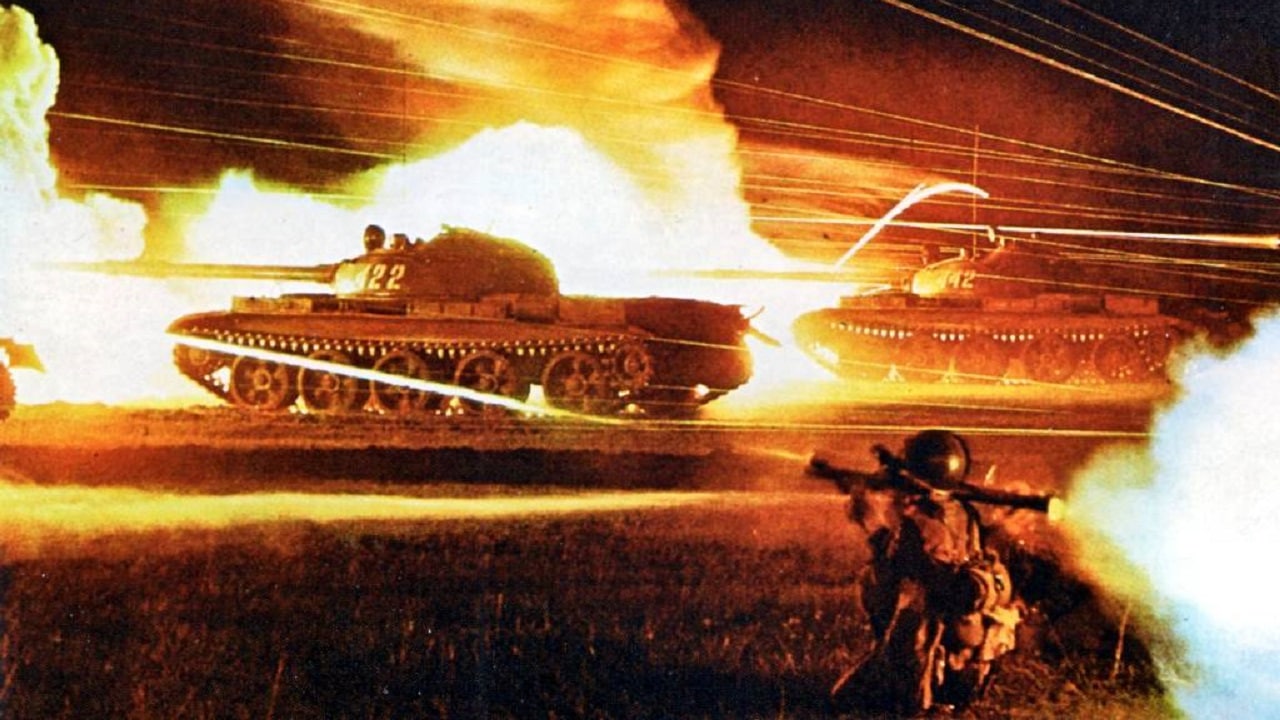Why the T-62 Keeps Rolling: Soviet-designed Cold War weapons systems have a knack for remaining operational long past their supposed expiration dates.
You can see this with fighter planes such as the MiG-21 “Fishbed” and main battle tanks such as the T-54/55. Typically, you see those older weapons systems in underdeveloped nations’ militaries.
(Subscribe to Our YouTube Channel Here.)
For example, North Korea and Cuba’s air forces fly the MiG-21, while the T-54/55 soldiers on in the Nagorno-Karabakh War and the Syrian Civil War.
Then we have the case of the T-54/55’s successor, the T-62.
It is being given a new lease on life – and by twist of fate, a new lease on death – by a nation that is considered a near-peer rival to the United States: Russia has turned to the T-62 as part of its so-called “special military operation” in Ukraine.
History and Technical Specifications
As noted by HowStuffWorks, “The T-62 MBT signaled the end of the class of heavy tanks worldwide. As heavily armed and gunned as the heavy tank but far lighter and more mobile, the MBT now reigned supreme.” The tank went into production in 1961, built by the Uralvagonzavod company in Nizhny Tagil, Russia. By the time production ended in 1975, some 20,000 had been built.
As noted by Jon Guttman of HistoryNet: “The principal advance in the T-62 was its main weapon, the first smoothbore cannon mounted on a production tank. Recognizable by the bore evacuator midway down the run instead of up front, the 115 mm U-5TS ‘Molot’ replaced a rifled shell with a fin-stabilized high explosive armor piercing round, which while not as accurate, offered a 10% to 20% greater muzzle velocity. Its effective range was 4 kilometers (2.5 miles) by day and 800 meters (2,600 feet) using night vision equipment. Operated by a four-man crew, the T-62 supplemented its main gun with the usual 7.62 mm PKT coaxial machine gun and a 12.7 mm DShK machine gun flexibly mounted on the cast turret.”
Not surprisingly, the T-62 has its fair share of downsides.
For starters, it was heavier and less maneuverable than the T-54/55 series it was meant to replace, and it was twice as expensive to produce. In addition, the T-62’s longer track length had a nasty habit of throwing treads off in a tight turn.
T-62 in Other Conflicts
The T-62 was first blooded in combat during the Sino-Soviet Border Conflict of 1969. That conflict ended in a draw, and the tank did not play a decisive role. According to some sources, one of the Soviet tanks was knocked out by a Chinese RPG and captured by the People’s Liberation Army, whose studies of their war trophy led to the development of the PLA’s homegrown Type 69 MBT.
The T-62 saw its most extensive Red Army service during the Soviet-Afghan War of 1979-1989. Interestingly, while the Soviets only lost a single T-55 in that decade-long war, they lost anywhere between 146 and 325 T-62s, depending on whether you believe U.S. or Soviet sources.
In the Middle East, Syrian T-62s acquitted themselves quite well against the Israel Defense Forces’ American-made Patton and British-made Centurion tanks during the 1973 Yom Kippur War, but they sustained heavy losses of their own, both in terms of tanks destroyed and tanks captured. Fast-forward nine years to the 1982 Lebanon War, and the Syrian tanks were outclassed by the IDF’s homegrown Merkava. Nine years later during Operation Desert Storm, Saddam Hussein’s Iraqi Army T-62s were even more hopelessly mismatched against the U.S. M1 Abrams MBT.
In the post-Cold War era, the T-62 has continued to see significant combat in numerous hot zones, including the 2008 Russo-Georgian War, the Syrian Civil War, the Yemeni Civil War – and, as already mentioned, in Russia’s current incursion into Ukraine.
The T-62 in the Russo-Ukrainian War
Vladimir Putin’s T-72 and T-80 tanks have endured severe and highly publicized losses in Russia’s ill-advised foray into Ukraine. So Moscow, in a move of desperation, is bringing its T-62s out of semi-retirement. In fairness, it should be noted that the T-62 design hasn’t remained totally frozen in time.
It has been superseded by the aforementioned T-72 and T-80, as well as the T-14 Armata, but as my 19FortyFive colleague Peter Suciu elaborates:
“Many of the ‘classic tanks’ that have been deployed to Ukraine have also been upgraded to the T-62M and the T-62MV models. Those have been equipped with the BDD applique armor package and mobility improvements as well as the ‘Volna’ fire control system. In addition, the T-62MVs are fitted with the enhanced protective ‘Kontakt-1’ explosive reactive armor (ERA) on the sides of the hull, the glacis plate, and on the front of the turret.”
Will the poorly trained and unmotivated Russian Army conscripts fare any better in the T-62 than they have with the newer MBTs?
Highly unlikely.
But given the sheer number of T-62s still available, the old wisdom that “quantity has a quality all its own” comes to mind.
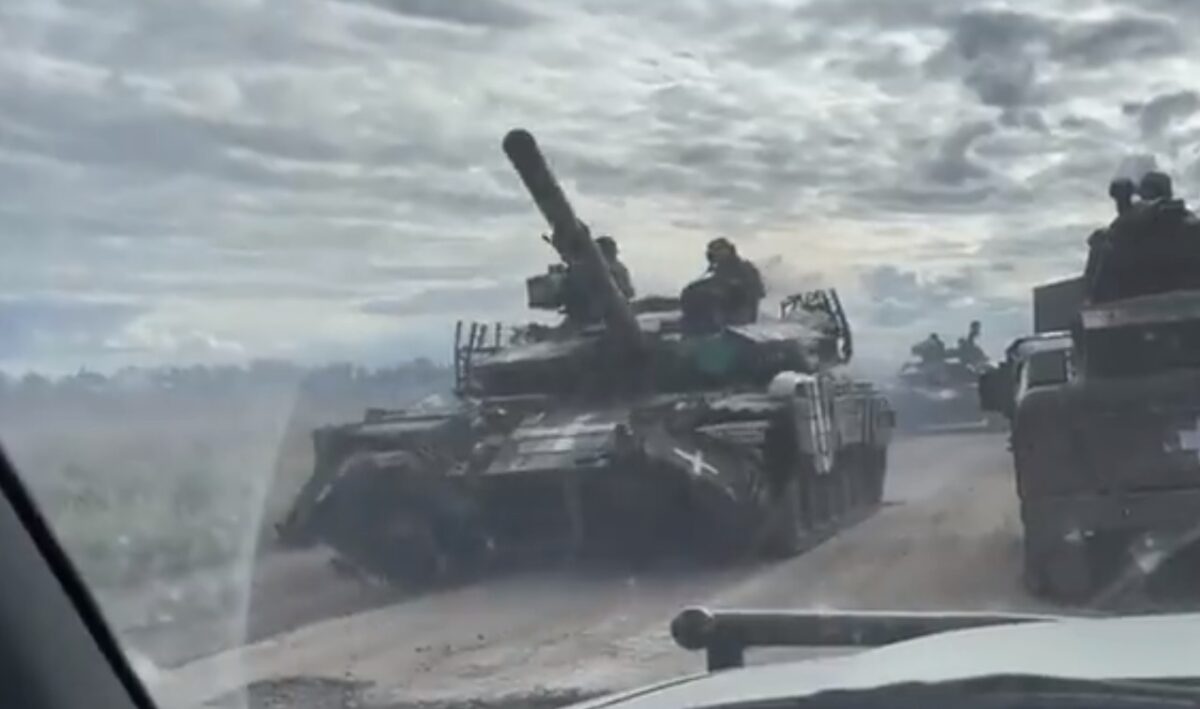
T-62 tanks deployed in Ukraine on September 21, 2022. Image Credit: Social Media/Twitter Screengrab.
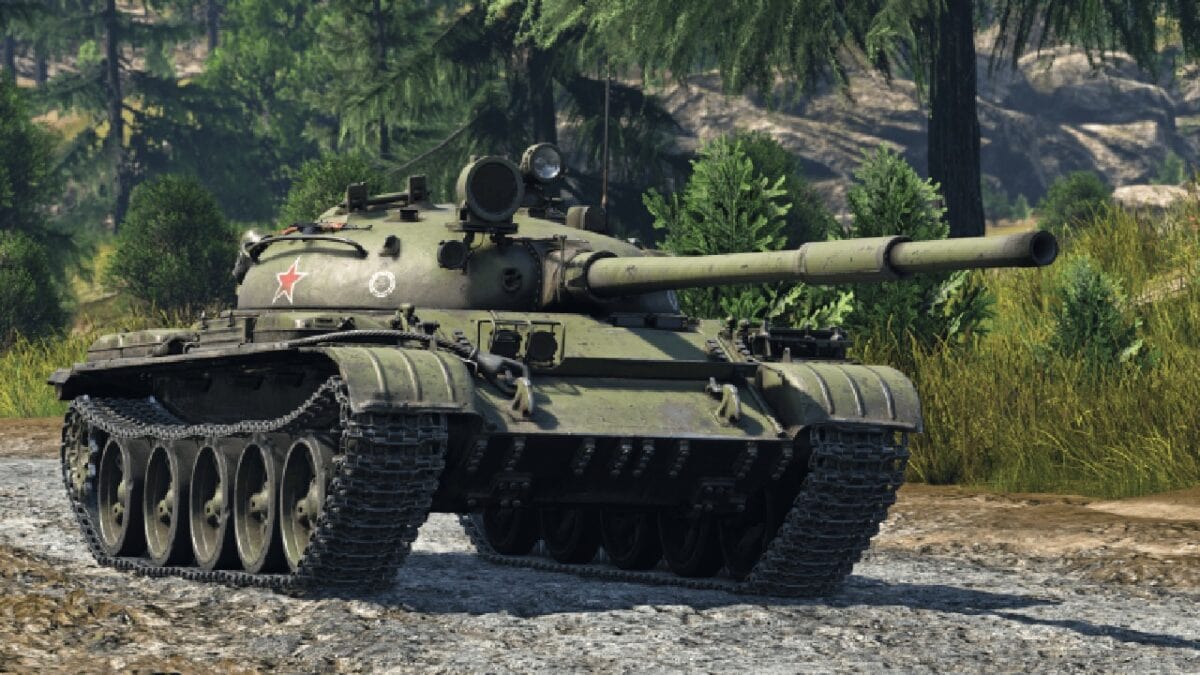
T-62 Tank. Image Credit: Creative Commons.
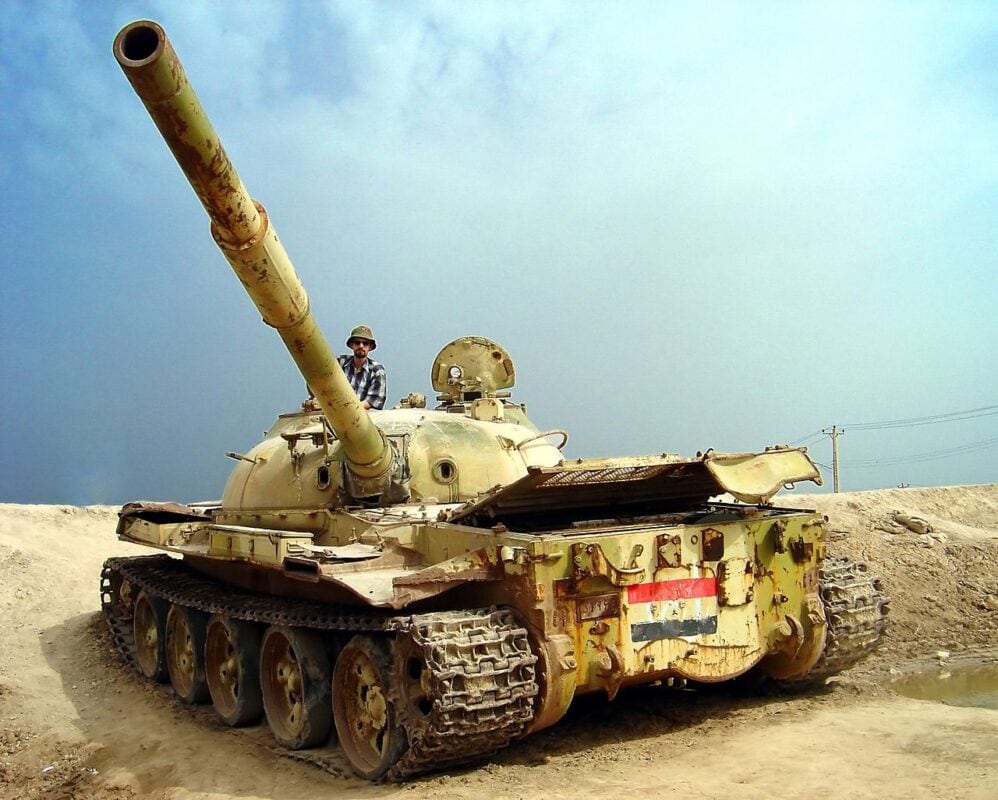
Iranian posing on an Iraqi T-62 tank in Khorramshahr, Khuzestan in Iran, just across the border from Iraq.
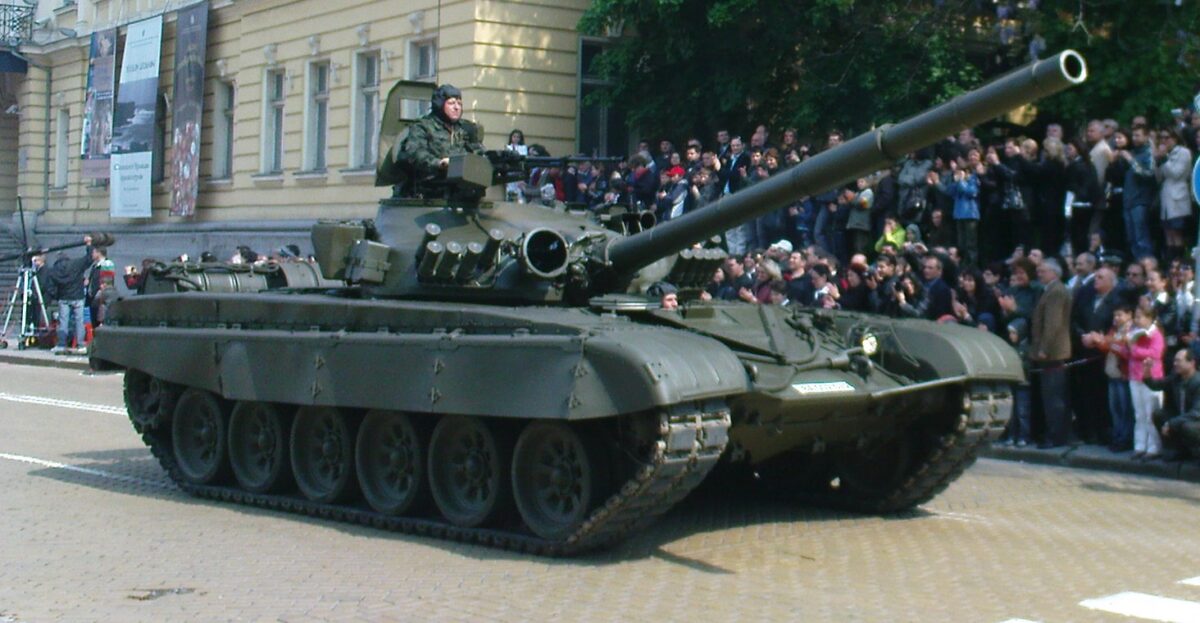
T-72M2 tank on Army day parade in Sofia.
Christian D. Orr is a former Air Force Security Forces officer, Federal law enforcement officer, and private military contractor (with assignments worked in Iraq, the United Arab Emirates, Kosovo, Japan, Germany, and the Pentagon). Chris holds a B.A. in International Relations from the University of Southern California (USC) and an M.A. in Intelligence Studies (concentration in Terrorism Studies) from American Military University (AMU). He has also been published in The Daily Torch and The Journal of Intelligence and Cyber Security. Last but not least, he is a Companion of the Order of the Naval Order of the United States (NOUS). In his spare time, he enjoys shooting, dining out, cigars, Irish and British pubs, travel, USC Trojans college football, and Washington DC professional sports.

